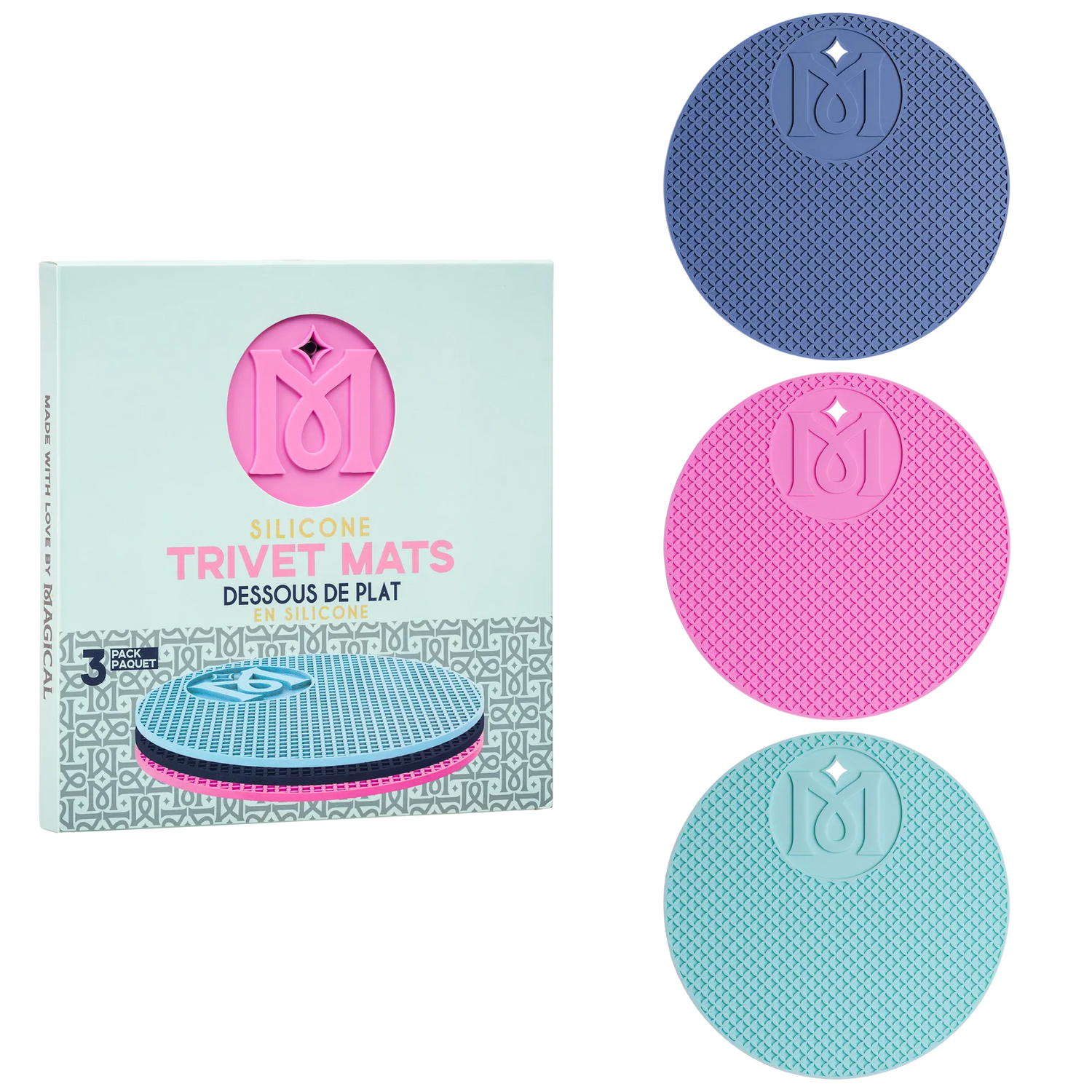Hydroponics System Basics
This is a basic overview, for more information on hydroponics and indoor gardening, see our blog.
Our chat is always open to answer your questions, or call us at 404-464-8313
What is Hydroponics?
Hydroponics is a way of growing plants by providing a water based, mineral rich solution directly to a plant's root system. Hydroponics does not use soil, instead the root system is supported by a medium such as perlite, rockwool, clay pebbles (LECA), coco fiber, or vermiculite usually in net pots.

Advantages
With the proper setup, your plants will mature up to 25% faster and produce up to 30% more than the same plants grown in soil because they will not have to work as hard to obtain nutrients. Even a small root system will provide the plant exactly what it needs, so it can focus more on lush vegetative growth and big, beautiful blooms. Big yields can be achieved in small spaces very easily with hydroponics.
In hydroponics, plants also respond quicker to feedings than soil plants. If you are treating a deficiency, you'll be able to see results in a few hours instead of days. This gives you a bigger window to find the solution if your first attempt doesn't work.
All of this is possible through careful control of your nutrient solution and pH levels. A hydroponic system uses less water than soil based plants because the system is enclosed, resulting in less evaporation. Hydroponics is a good choice for the environment because it reduces waste and pollution from soil runoff.
Disadvantages
The biggest factor for many people is that a quality hydroponics system can be costly to set up. However, over the long run, it can save you money since you won't need to buy new soil and pots every year, or every grow cycle. And as technology progresses, these costs are coming down. For example, the EZPonix DWC Nano Kits start at $21.99 for a tabletop, single plant DWC system.
A large scale hydroponics system can take time to setup and calibrate, and requires more frequent monitoring than soil. At first, you'll need to check your water and nutrient levels, pH, light, and plant health a few times a day. But as you get more comfortable with hydroponics, and with your plants, you'll find you may only need to check once a day. (Of course, we won't judge you for just admiring them anyway)
The greatest risk with a hydroponics system is a pump failure or electrical outage, which can kill off your plants within hours. Depending on the type of system and grow media used, you may have more or less time. Building in a backup or failsafe, or adding cameras to your grow space can alleviate some of those anxieties.
Types of Hydroponic Systems
The great thing about hydroponics is that there are many different types of hydroponics systems available. Some of the best hydroponic systems on the market combine different types of hydroponics into one hybrid hydroponic system. Once you figure out the basics, you can build systems to suit your exact needs.
Deep Water Culture DWC Systems

Deep Water Culture (DWC) is by far the easiest method for growing plants with hydroponics. In a DWC system, the plant is in a net cup above a reservoir with the roots suspended in a nutrient solution. An air pump pushes air through thin tubing to an air stone inside the reservoir which oxygenates the nutrient solution.
The primary benefit to using a Deep Water Culture system is that there are no drip or spray emitters to clog. It is also the easiest and cheapest to build at home if you are a beginner or a DIY hydroponic grower. DWC will allow you to grow any plant you want to grow.
Nutrient Film Technique

Nutrient Film Technique, or NFT, is a type of hydroponic system where a continuous flow of nutrient solution runs over the plants roots. The plants usually sit in net pots inside PVC pipes or gutters on a slight tilt so that the nutrient solution will flow with the force of gravity.
Since only the tips of the roots come in contact with the nutrient solution, the plant is able to get more oxygen from the air itself. Because of the low amount of nutrients used, plants at the end of the system may not grow as large as plants at the beginning. This system is great for growing leafy plants. Many commercial hydroponic lettuce and strawberry farms utilize NFT.
Aeroponics

In aeroponics, the roots are misted with a nutrient solution. There are two primary methods to get the solution to the exposed roots. The first method involves a fine spray nozzle to mist the roots.
The second method uses what’s called a pond fogger. If you decide to use a pond fogger, make sure you use a Teflon coated disc to reduce the amount of maintenance required. The ultrasonic foggers will make a finer mist than the spray tips or nozzles but will have to be replaced more often.
Aeroponics generally has the fastest growth rate of all hydroponic systems but also has the highest risk for failure. Since the roots are exposed to air with no basin of water underneath they will die faster if power is lost or a pump goes out. Aeroponics is best for leafy greens and small flowering plants.
Wicking

Wicking is an easy, low cost method of hydroponics, and can also be used for soil. Using a porous material, such as cotton string, place one end in the growing medium and one end in the nutrient solution. Through capillary action, the solution is wicked to the roots of the plant. This method will generally have the slowest growth rate of all hydroponics systems.
Ebb & Flow

Ebb and flow systems, also known as flood and drain systems, are great for growing plants with hydroponics. This type of system functions by flooding a tray with nutrient solution at timed intervals. Then the nutrient solution slowly drains back into the reservoir.
A submersible pump in the reservoir is hooked to a timer to automate the system. Finding the right timer settings and intervals for your plants can take time. Incorrect settings could mean a soaked grow room, or dried out roots. While this is a very common indoor hydroponic setup, it can be difficult for beginners, or those who don't have the time to calibrate it.
Certain plants flourish when they go through a slight dry period because it causes the root system to grow larger in search of moisture. As the root system grows larger the plant grows faster because it can absorb more nutrients. Ebb and flow systems can support almost all types of plants.
Drip System

A hydroponic drip system is rather simple. A drip system works by providing a short flow or drip of nutrient solution to the media and is usually run on a timer. This method is popular with many commercial growers who use slow draining media, such as Rockwool or coconut coir. This type of hydroponic system is great for conserving water since very little is used each time to feed the plants. Hydroponic drip irrigation can support most types of plants.
Useful Tips
- Some hydroponic gardeners prefer to completely change out their reservoir one a week, but its not required. Topping off nutrients is also perfectly acceptable.
- Keep the water temperature in your reservoir between 65 and 72 degrees. You can maintain the water temperature by using a water heater or a water chiller.
- An air pump with an air stone connected by flexible tubing can help increase circulation and keep your nutrient solution oxygenated.
- If your plant doesn’t look healthy, either discolored or distorted, then the first thing you should check and adjust is the pH. If you determine that the pH is not the problem then flush your system with a solution like Clearex or Florakleen.
- Follow the feeding cycle provided by the manufacturer of your nutrients which can usually be found online.
- Flush, clean, and sterilize your entire system after you finish a growing cycle. Drain your reservoir and remove any debris, then run your entire system for a few hours with a mix of hydrogen peroxide and water. Hydrogen Peroxide is safer to use than bleach to clean your system because peroxide breaks down to just oxygen after a few hours. It will not leave any residue that may damage sensitive plant roots or damage any components in your pump.
Why Choose Hydroponics?
Hydroponics is an excellent choice for all types of growers. It gives you the ability to meticulously control the variables that affect how well your plants grow. A fine tuned hydroponic system can easily surpass a soil based system in plant quality and amount of yielded product.
If you want to grow the biggest, juiciest, most flavorful plants you can possibly imagine, then hydroponics is the right choice for you. It may seem intimidating at first with all the equipment and work involved, but it will be simple enough once you get the hang of the basics. Start small, keep it simple, and your hydroponic system will never cease to reward you for your effort.
For more information on Hydroponics, Organics, or Indoor Gardening, visit our blog, or contact us at Taproot Hydroponics & Organics. We are happy to answer your questions and help you build the garden you've always wanted.




